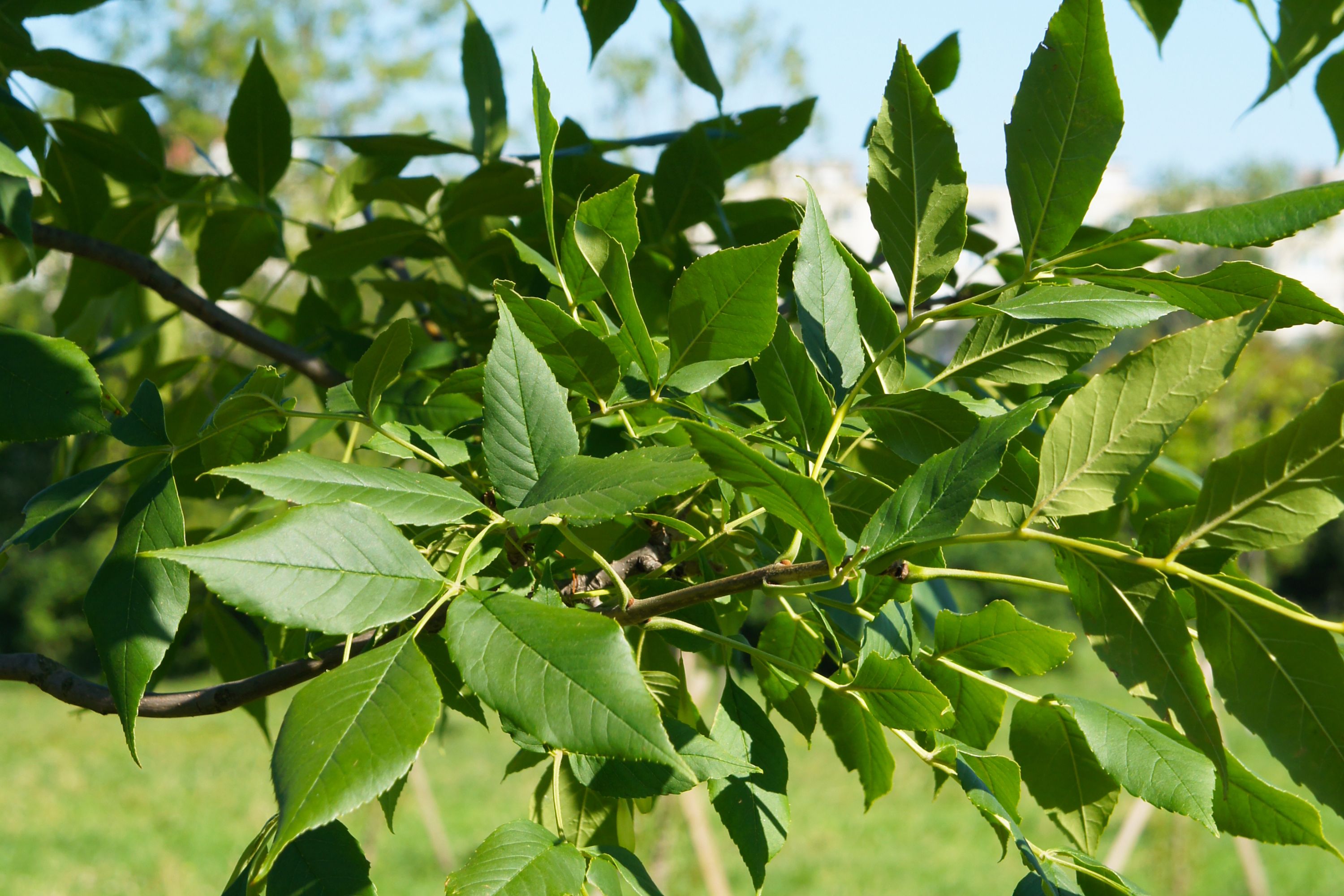Manchurian ash
(Fraxinus mandshurica)

Description
Fraxinus mandshurica, the Manchurian ash, is a species of Fraxinus native to northeastern Asia in northern China (Gansu, Hebei, Heilongjiang, Henan, Hubei, Jilin, Liaoning, Shaanxi, Shanxi), Korea, Japan and southeastern Russia (Sakhalin Island). It is a medium-sized to large deciduous tree reaching 30 m tall, with a trunk up to 50 cm in diameter. The leaves are 25–40 cm long, pinnate compound, with 7–13 leaflets, the leaflets 5–20 cm long and 2–5 cm broad, subsessile on the leaf rachis, and with a serrated margin. They turn to a golden-yellow in early autumn, and the tree is usually early to change color. The flowers are produced in early spring, before the new leaves, in compact panicles; they are inconspicuous with no petals, and are wind-pollinated. The fruit is a samara comprising a single seed 1–2 cm long with an elongated apical wing 2.5–4 cm long and 5–7 mm broad. It is closely related to Fraxinus nigra (Black Ash) from eastern North America, and has been treated as a subspecies or variety of it by some authors, as F. nigra subsp. mandschurica (Rupr.) S.S.Sun, or F. nigra var. mandschurica (Rupr.) Lingelsheim. However, unlike that species, Fraxinus mandshurica is dioecious, with male and female flowers produced on separate individuals. The spelling of the species name is disputed; some (e.g. the Flora of China) cite mandschurica, while others (e.g. USDA GRIN) cite mandshurica. The original 1857 Russian publication spelled it without the "c".
Taxonomic tree:







